Cupping therapy recipients rave about the health benefits while others in the medical community write them off.
But what’s the truth? Is cupping therapy something you should consider trying? Here’s what you need to know.
What Is Cupping?
If you watched the Olympic Games this summer, you probably wondered about those weird purple marks on athletes’ bodies. They’re actually from cupping, an alternative therapy with roots in ancient Chinese medicine that’s seeing a huge spike in popularity today.
Suffering from a sore neck, back and shoulders? Get our mobility guide to ease pain and soreness.
Get The FREE Mobility Guide To Fix Your Pain Today!
The “cups” used in cupping therapy are made from a variety of materials – everything from bamboo and silicone to plastic and glass. Cupping therapists place cups onto different parts of the body (the back and shoulders are especially common). The cups are suctioned onto the skin and left on for three to five minutes. Then they’re either removed or transferred to another location. The force of the suction is strong enough to break some small blood vessels, which is why welts form. [tweet_quote] Cupping is suctioning small cups to the skin, and is actually considered a form of acupuncture.[/tweet_quote]
Cupping is actually considered a form of acupuncture. It’s even used in Chinese hospitals as standard treatment for a variety of health conditions. In ancient Chinese medicine, cupping was thought to mobilize energy and blood flow throughout the body.
Most cupping sessions use around three to five cups, though a first-time recipient might start with only one or two. Sometime practitioners move the cups to different spots on the body during treatment. This is called a cupping massage, supposedly creating a deep-tissue massage effect.
The suction process itself is thought to create the health benefits. By pulling the skin upward, the cups are said to increase blood flow – reducing pain and stimulating an immune response.
How Cupping Therapy Works
In traditional cupping, the therapist lights something on fire (a piece of cotton, paper, etc.) inside the cup. The flame dies out quickly, but the heat inside remains. That’s when they place it on the recipient’s body. It isn’t hot enough to burn the skin, though it will still feel warm.
When the cups cool, the air trapped inside them contracts. That creates a suction effect, pulling the skin upward into the cup and away from the muscles.
Some cupping therapists have evolved to incorporate more modern technology: rubber vacuum pumps. Instead of worrying about heat and flames, they just place the cups on the skin and work the pump to create the suction effect.
But Does It Really Work?
Athletes like Michael Phelps swear by cupping as a way to relieve pain and maintain a full range of movement between pressure-packed competitions. Hollywood stars like Gwyneth Paltrow and Jennifer Aniston have been photographed with the signature purple welts while wearing low back dresses.
If you look hard enough, you can find someone promoting cupping as the cure for practically any ill. Like with other alternative remedies, there’s a lot of mystery about how it works. Yet plenty of people swear by the results. [tweet_quote] Athletes and Hollywood stars have sworn by cupping, but is it really good for your health? Some studies say yes.[/tweet_quote]
Most researchers overlook alternative treatments, so claims about supposed health benefits remain untested. Cupping is unique in that it has actually been studied systematically in China since the 1950s, and the research expanded to other countries since then.
Let’s discuss the findings so far.
Cupping Therapy Benefits
Plenty more research on cupping needs to be done. The results so far dispute claims that cupping is some kind of panacea – a “cure all” for anything that might ail you – but there are a few situations in which it might prove useful.
1. Pain Management
Maybe Michael Phelps and the rest of those Olympic athletes trying to ease soreness after intense competitions are onto something.
A review of 16 clinical trials found a “potential positive short-term effect of cupping therapy on reducing pain intensity compared with no treatment, heat therapy, usual care, or conventional drugs” (1).
Several studies suggest that cupping therapy could reduce knee, neck, and shoulder pain. One of these studies chose 50 participants and divided them into two groups. One group received five cupping therapy treatments over a two-week period. They reported a larger decrease in pain than the control group, which didn’t receive any treatment (2). Another study found that cupping reduced neck and shoulder pain intensity, even changing skin surface temperature and blood pressure (3). [tweet_quote] Cupping can help reduce pain by triggering a localized inflammatory response.[/tweet_quote]
This makes sense from a physiological standpoint. Rigorous exercise, stress, and/or chronic injuries trigger an inflammatory response. Suction from cupping increases blood flow to the affected areas, which can ease swelling, aches, and pains (4).
A 2015 systematic review of reviews concluded that while cupping might ease pain, researchers don’t yet understand the mechanism of exactly how it works.
This lack of clarity about how the pain relief works, as well as how many of the studies are designed, doesn’t rule out the possibility that it’s actually the placebo effect. Countless studies have shown that the placebo effect is very real, and new research discussed in Scientific American revealed that pain begins in the brain (5). People who thought they were drinking caffeine felt less fatigue, and those who thought they were receiving morphine felt less pain (6, 7).
2. May Stimulate the Body’s Immune Response
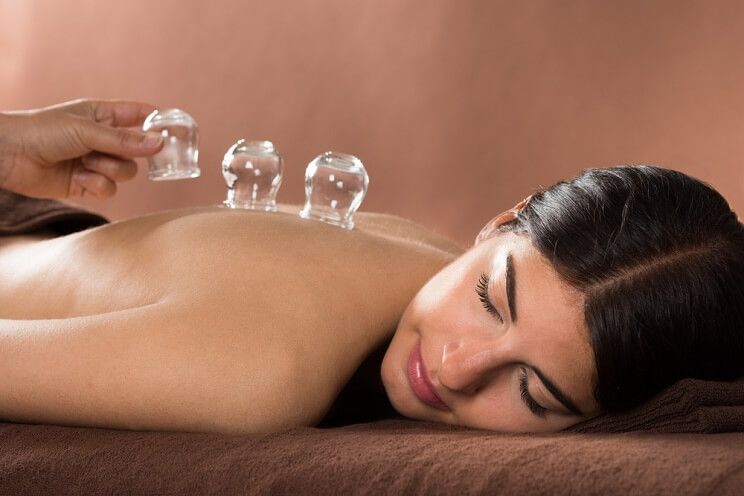
Dr. Leonid Kalichman, a lecturer at Ben-Gurion University in Israel, co-authored a study published this year in the Journal of Bodywork and Movement Therapies. In an interview with the New York Times, Dr. Kalichman explained his take on the physiological effects.
Cupping causes local inflammation where the suction occurs. This local inflammation might trigger the immune system to produce cytokines, “small proteins that enhance communication between cells and help to modulate the immune response” (8).
Dr. Kalichman’s review asserts that activating the immune system stimulates mechanosensitive fibers, which leads to a reduction in pain (9). If your immune system were a computer, cupping provides the reboot. Because cupping is inexpensive, non-invasive and low risk, Kalichman recommends doctors in musculoskeletal medicine consider it as a treatment option. [tweet_quote] If your immune system were a computer, cupping provides the reboot.[/tweet_quote]
In his New York Times interview, Dr. Kalichman does admit the placebo effect might play a role. But his theory about triggering the immune response is interesting – definitely worthy of more investigation!
3. May Help Treat Specific Health Conditions
A 2012 review of 135 cupping studies found that cupping therapy may be effective (in conjunction with other treatments like acupuncture or medication) in treating a specific group of health conditions including:
- Acne
- Cervical spondylosis
- Facial paralysis
- Herpes zoster (shingles)
The researchers were cautiously optimistic, but concluded that more studies were needed to further explore these benefits (10).
A 2015 report published in the Journal of Traditional and Complementary Medicine came up with similar findings. Here, researchers noted cupping therapy could help with acne, herpes zoster, and pain management (11).
Research: Practical Considerations
A lot of research has been done on cupping, but the scientists who review the studies often find that they are poorly designed and/or prone to bias (12).
Why is this?
For one, there isn’t a standard, objective way to measure many of the reported benefits. Things like energy and pain levels are subjective. It’s tough for researchers to do a before and after snapshot with an objective metric (e.g., a blood test).
It’s also tough to “blind” study participants so they don’t know they are receiving cupping treatment. They either see the process in action or the telltale welts afterward, and they connect the dots. Many people report health improvements. But we can’t say for certain that their improvements don’t come from just knowing they are receiving cupping therapy (the placebo effect). [tweet_quote] It’s difficult to research the benefits of cupping without a bias, but some creative studies have overcame this.[/tweet_quote]
One creative German study overcame this. They divided fibromyalgia sufferers into two groups. The groups were told they would receive either “cupping therapy” or “soft cupping therapy” (a sham treatment that looked and felt like cupping, but with small holes cut in the cups to prevent proper suction). The participants didn’t know which treatment they received. Yet the group who received real cupping therapy reported less fibromyalgia pain (13).
The results of that study are intriguing. Hopefully more researchers will follow suit with rigorously designed studies.
What to Expect on Your First Cupping Therapy Session
In Chinese medicine, cupping is old news. Popularity worldwide exploded thanks to the Olympic Games in Rio. Reuters reported that sales of cupping therapy equipment increased 20 percent within days of one of Michael Phelps’ gold medal swims (14). The International Cupping Therapy Association noted a 50 percent increase in practitioners seeking cupping certificates during the same time.
If you’re curious, a cupping therapy session usually runs between 30 and 80 dollars. You can buy your own set of cups and a vacuum pump for as little as 20 dollars, but you’re better off in the hands of someone trained to know where to place cups, how long to leave them on, and how much is too much.
After your first cupping session, you can expect purplish welts to linger from anywhere between a few days and up to two weeks. Some recipients might not get any welts at all. [tweet_quote] Your first cupping session, expect purplish welts to linger up to two weeks. Luckily, it’s pretty painless![/tweet_quote]
The process itself is pretty painless. There might be some discomfort due to the suction – a kind of stretching or pinching feeling on your skin. If you’re curious, you can always take it slow and ask for just one or two cups during your first treatment.
Potential Side Effects of Cupping Therapy
All of the review studies cited in this article noted that people tolerate cupping well, without experiencing any serious adverse effects. Besides the unsightly purple welts, there’s little to worry about if you’re in the hands of a trained professional.
It’s possible to develop a skin infection, but those cases are exceedingly rare.
If you’re pregnant, have a serious health condition or any other concerns, run it by your doctor before you give cupping a try.
Bottom Line
Cupping still needs more rigorous study to gain acceptance as a legitimate treatment option within mainstream medicine. But the evidence so far suggests it might help with pain management, stimulating an immune response, and improving specific conditions.
We don’t know yet exactly how the process works. Many people who get cupping therapy simply don’t care. They’re focused on feeling better. It doesn’t matter to them whether it’s the cups or the placebo effect that’s responsible. As long as they feel improvement, they keep going.
Bottom line: 1) when done by a trained professional, cupping is safe, and 2) you could benefit from a placebo effect. This alternative therapy is definitely worth further exploration.
Would you ever try cupping? Why, or why not? Leave a comment below and let us know!
(Read This Next: 8 Benefits of an Infrared Sauna Detox)


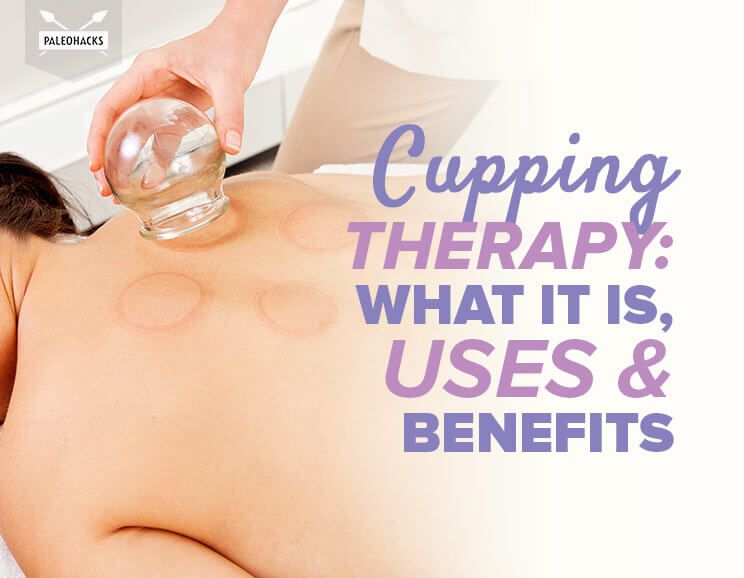
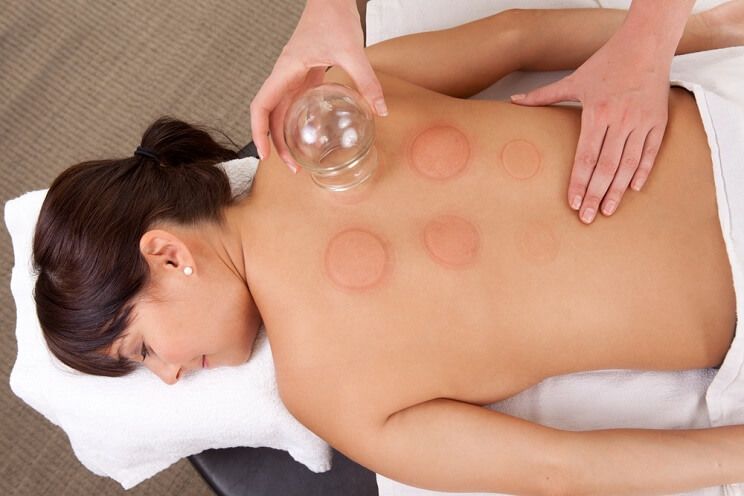
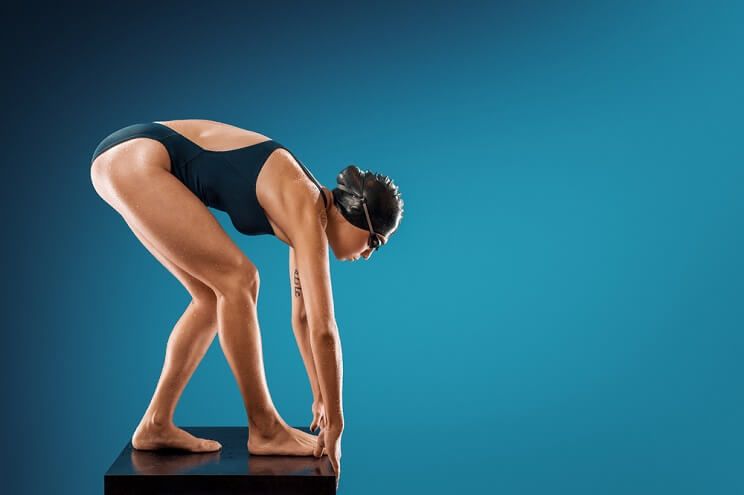


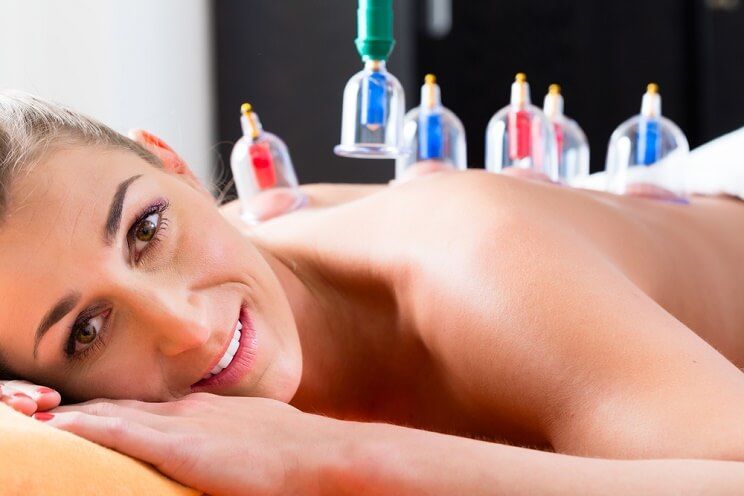
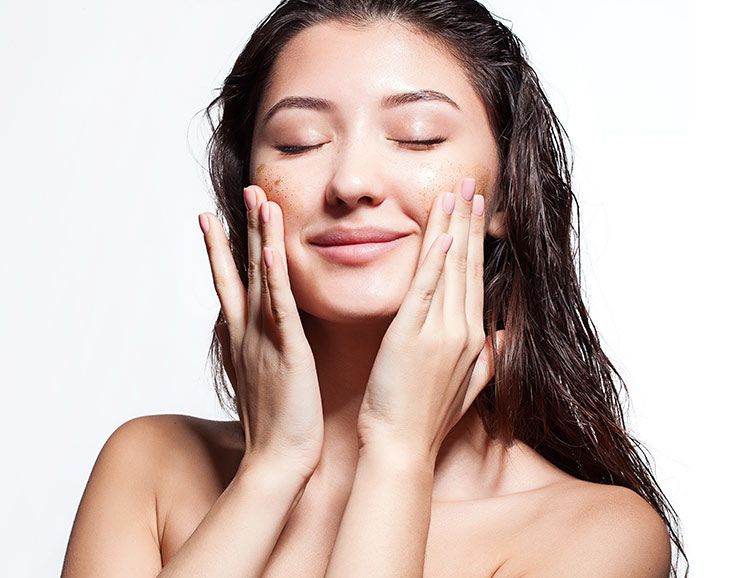 7 Natural Skin Benefits of Coffee (Plus DIY Scrub + Face Masks)
7 Natural Skin Benefits of Coffee (Plus DIY Scrub + Face Masks)
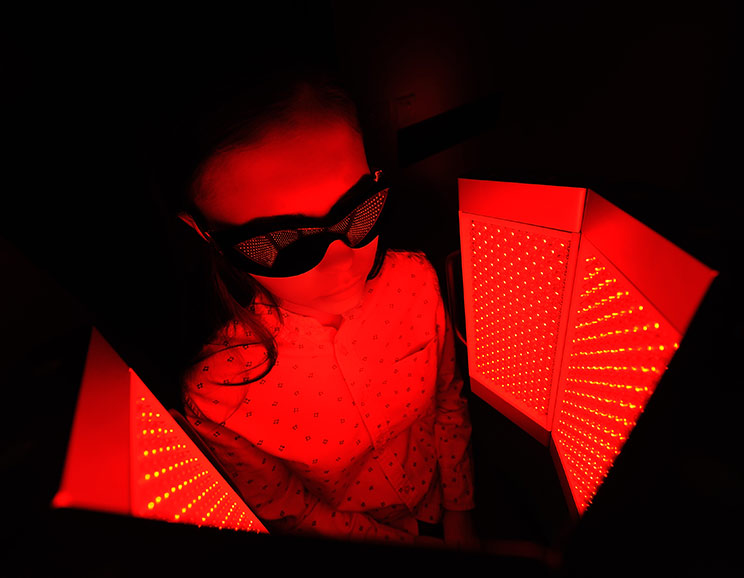
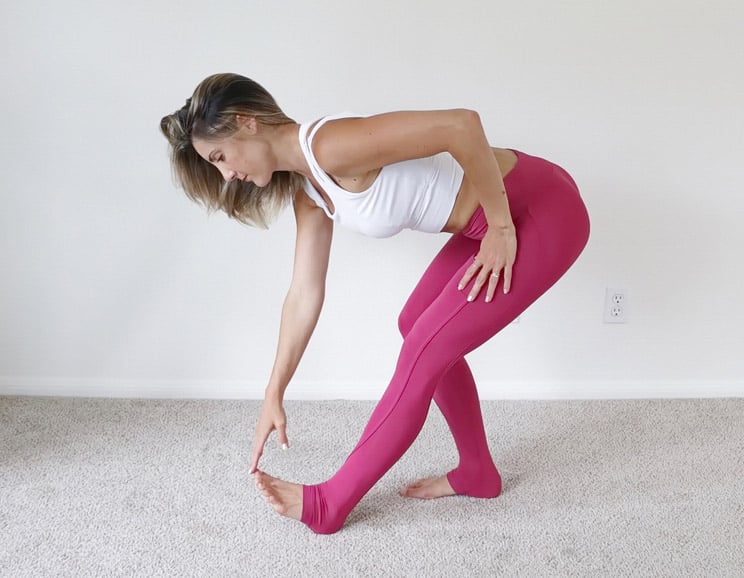
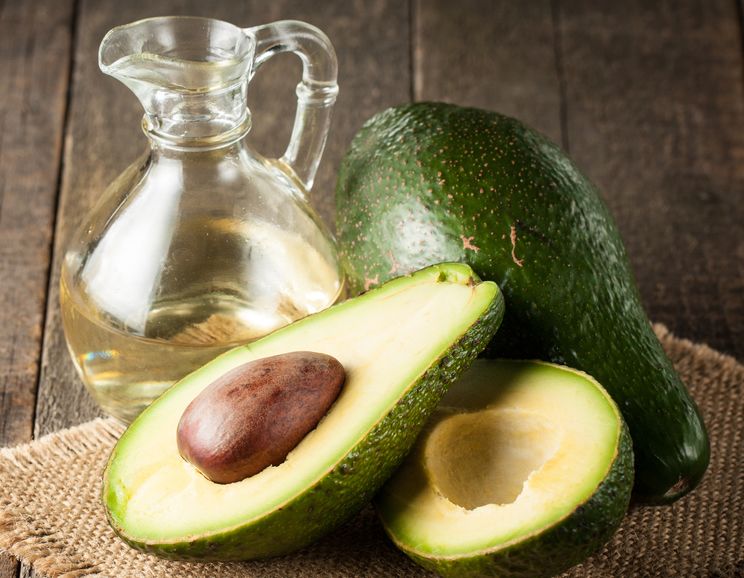
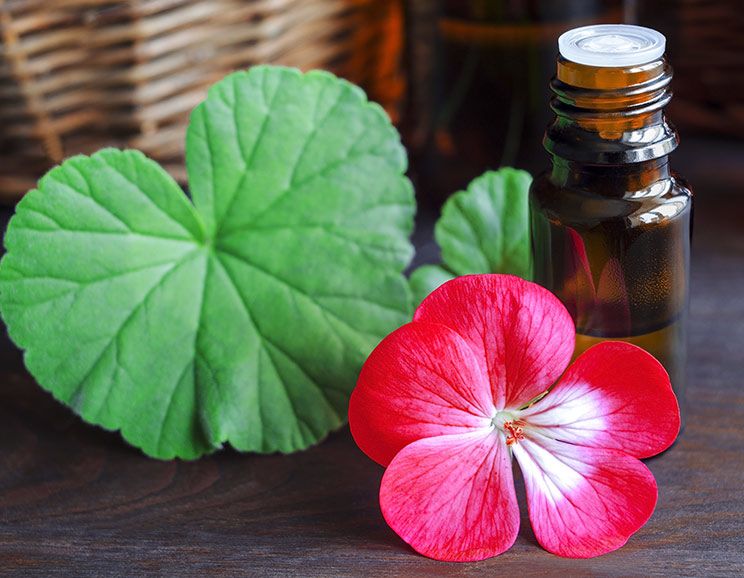
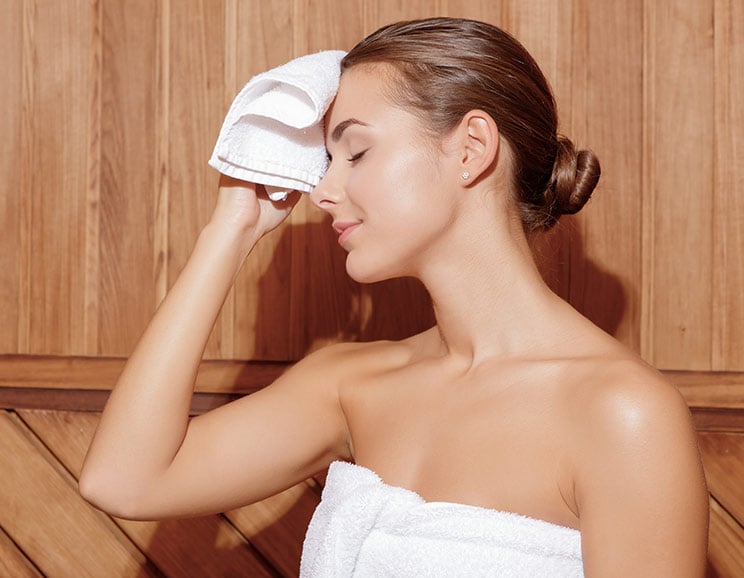
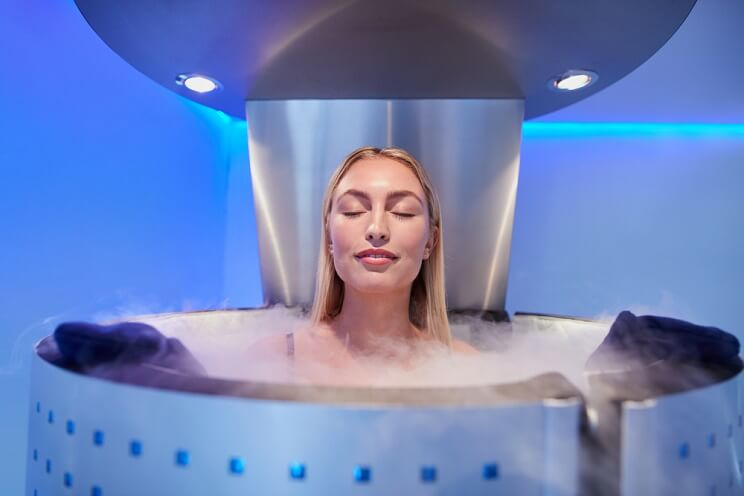
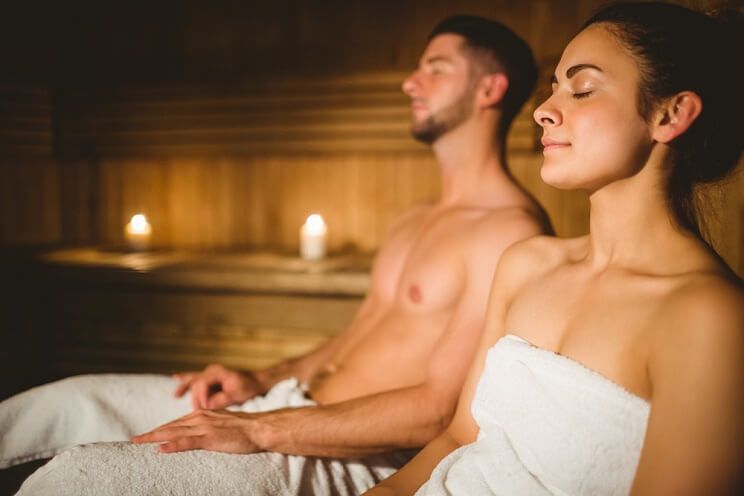
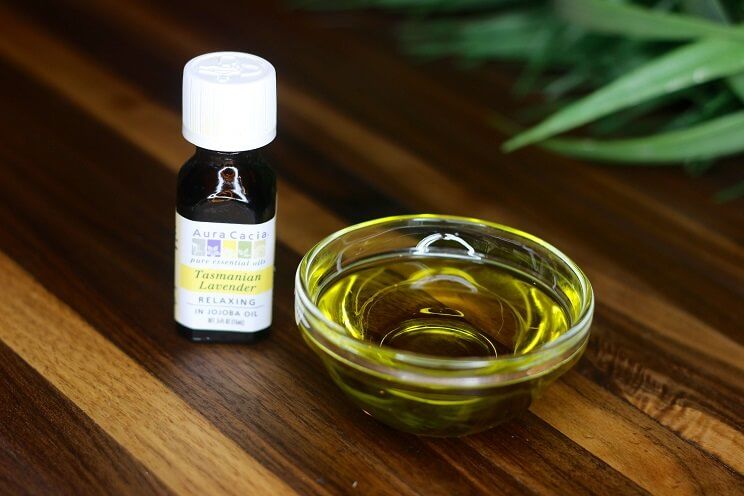

Show Comments